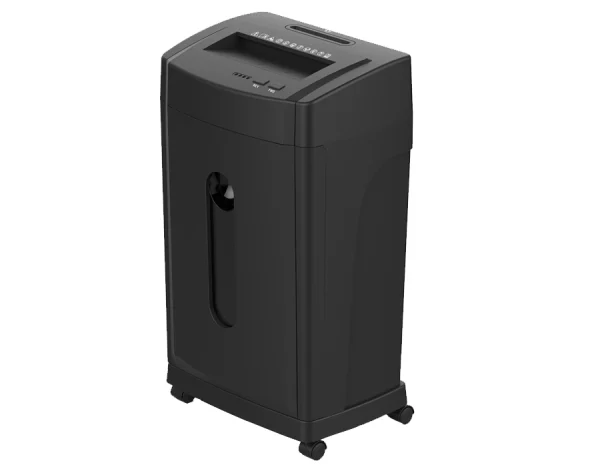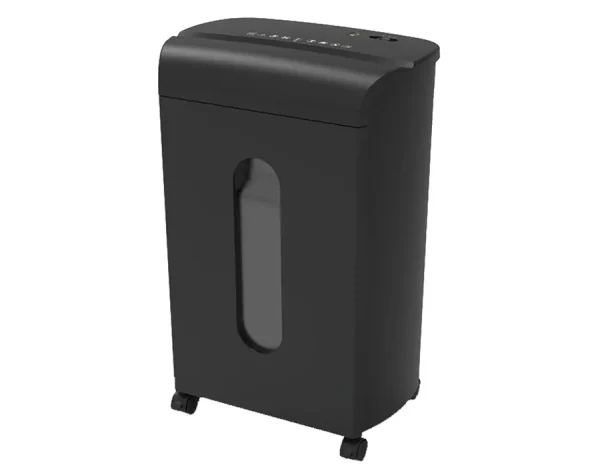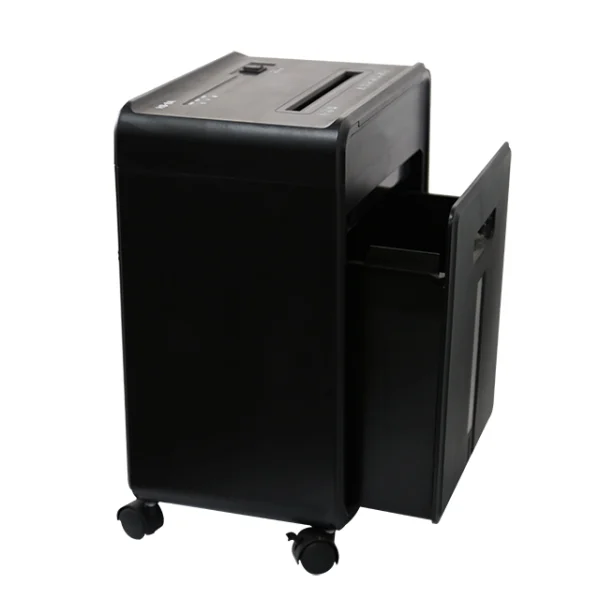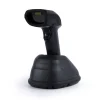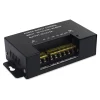Clear Filters
Clear Filters
Security level (DIN): P-4
Type of cutting: strips
Basket capacity: 30 liters
Type of media disposed of: paper, plastic cards, CDs/DVDs
Number of sheets destroyed at one time:22 sheets
Security level (DIN): P-7
Type of cutting: cuttings
Basket capacity: 22 liters
Type of media disposed of: paper, plastic cards, CDs/DVDs
Number of sheets destroyed at one time: 5 sheets in A4 format
Security level (DIN): P-5
Type of cutting: cuttings
Basket capacity: 42.5 liters
Type of media disposed of: paper, plastic cards, CDs/DVDs
Number of sheets destroyed at one time: 10 sheets
Security level (DIN): P-3
Type of cutting: strips
Basket capacity: 21 liters
Type of media disposed of: paper, plastic cards
Number of sheets destroyed at one time: 15 sheets in A4 format
Cutting type: strips
Bin capacity: 35 liters
Type of media disposed of: paper, staples, plastic cards, CD, DVD
Number of sheets shredded at once: 20 sheets of A4 paper with a weight of 70 g/m²
Motor Power: 500W
Security Level (DIN): P-5
Type of Cut: Cross-cut
Bin Capacity: 20 liters
Type of Media Destroyed: Paper, staples, plastic cards
Number of Sheets Shredded Simultaneously: 8 sheets of A4, 70 g/m²
Motor Power: 450W
